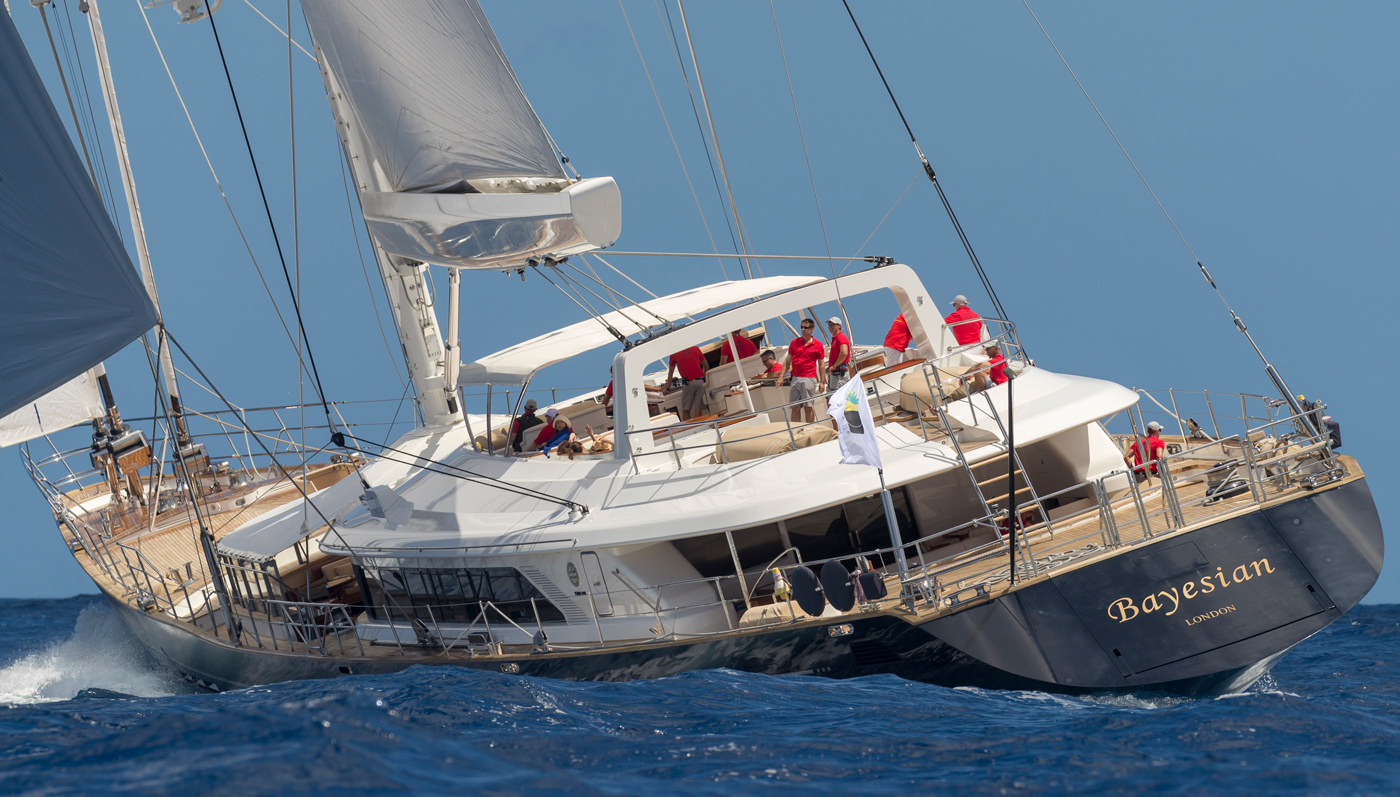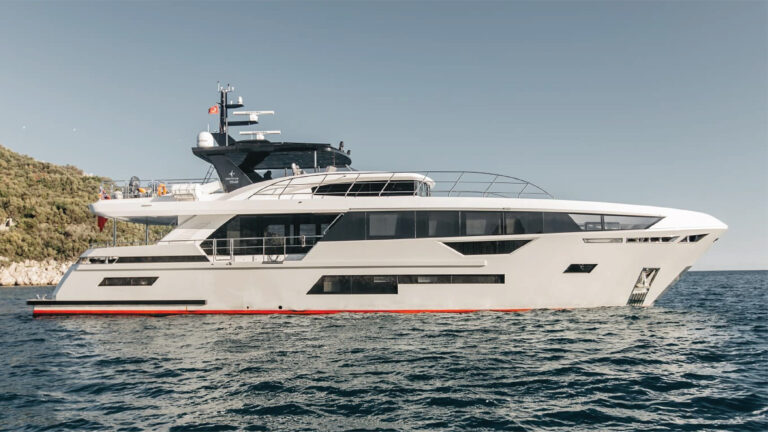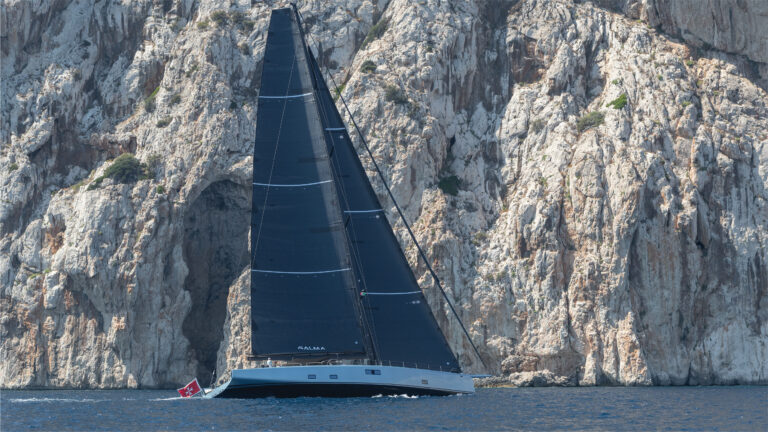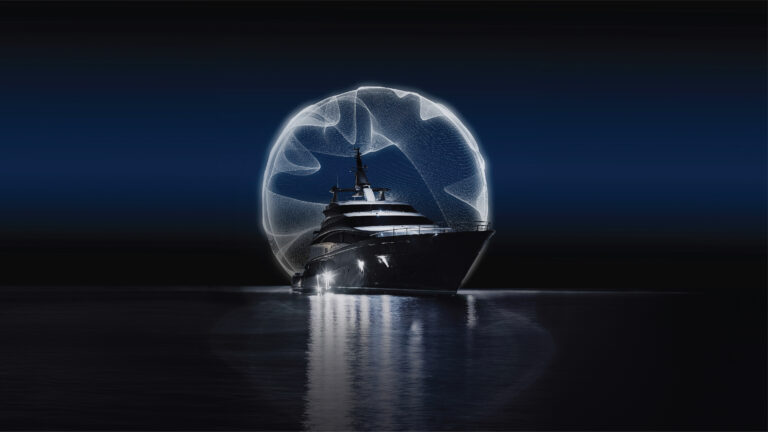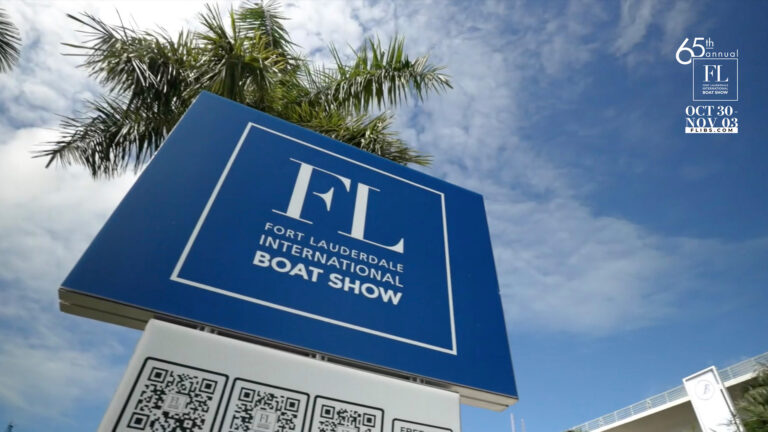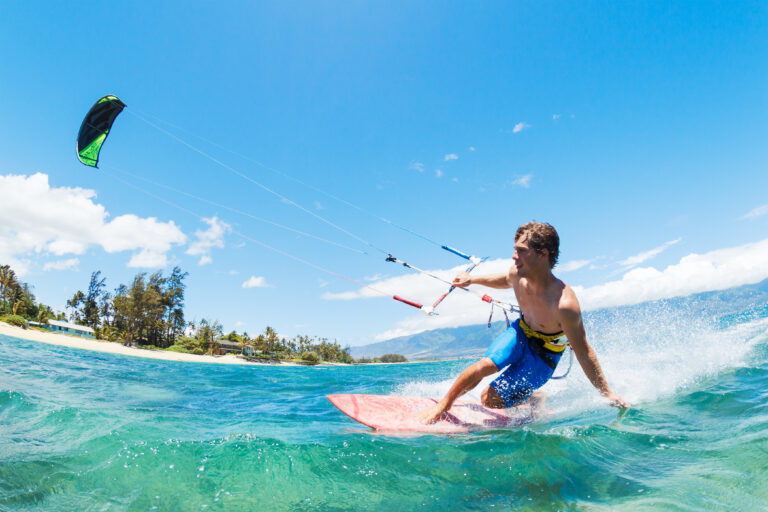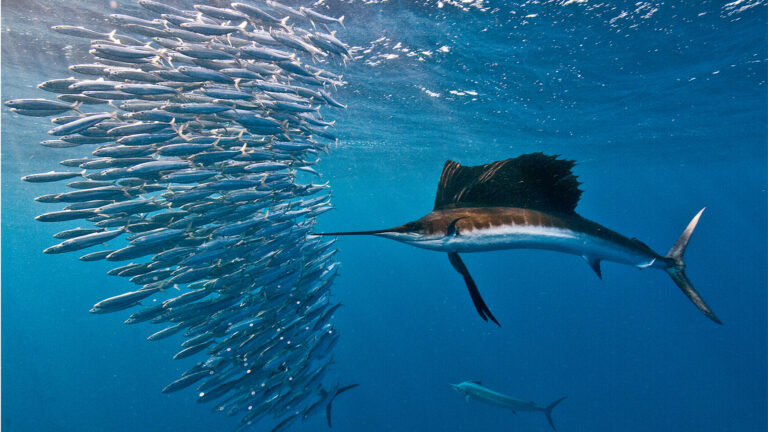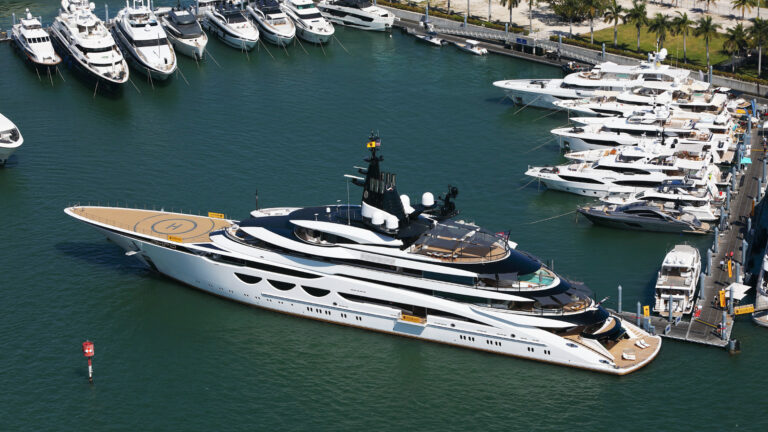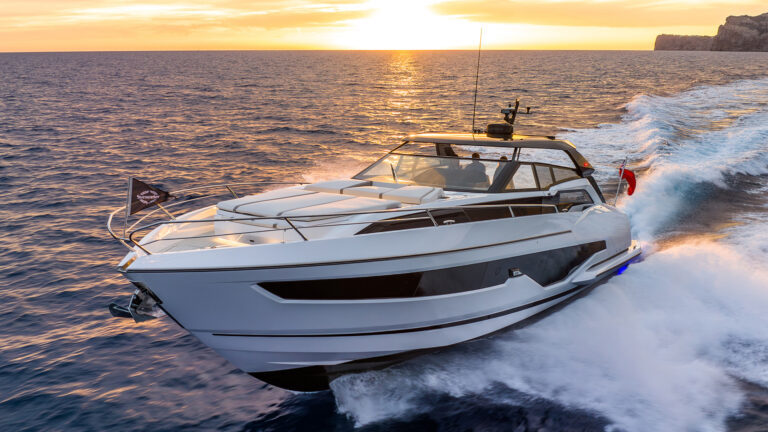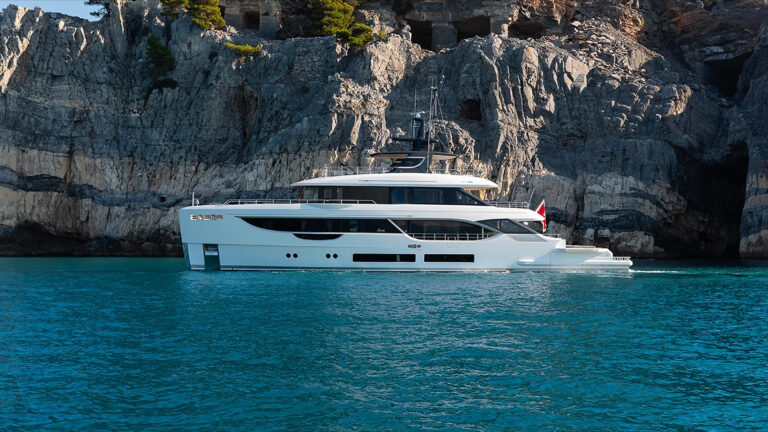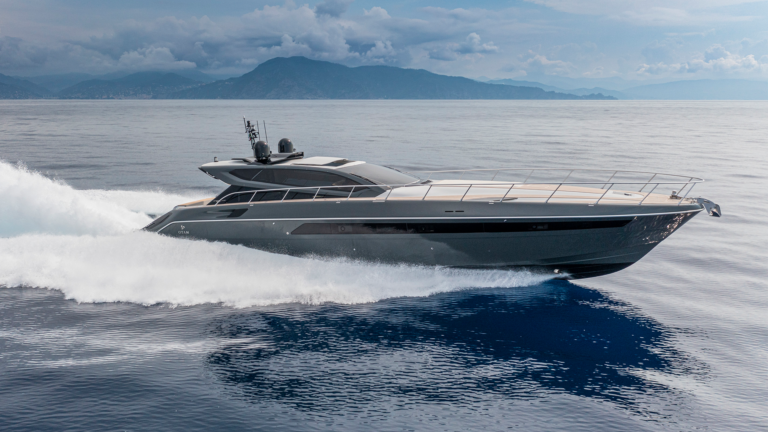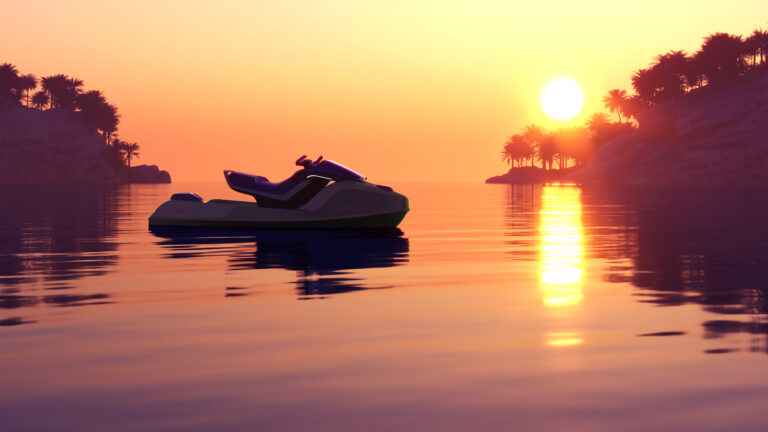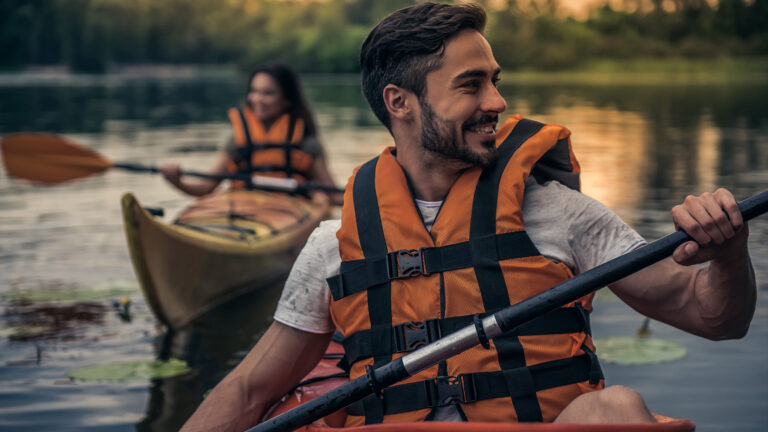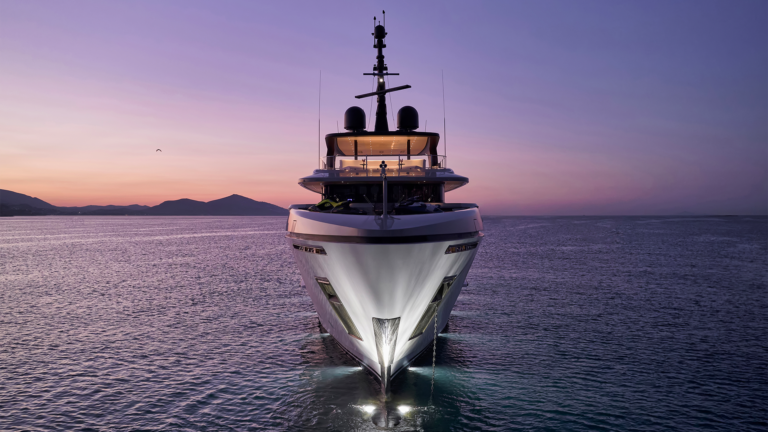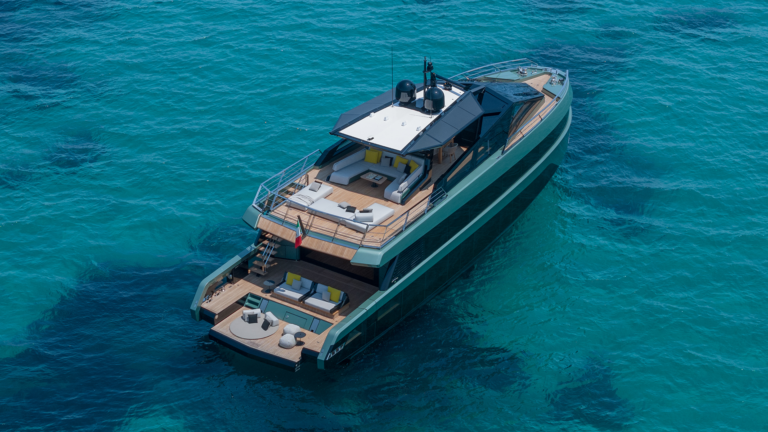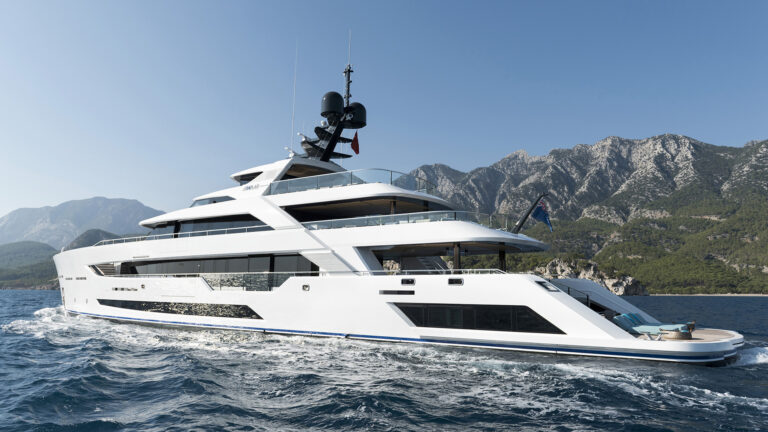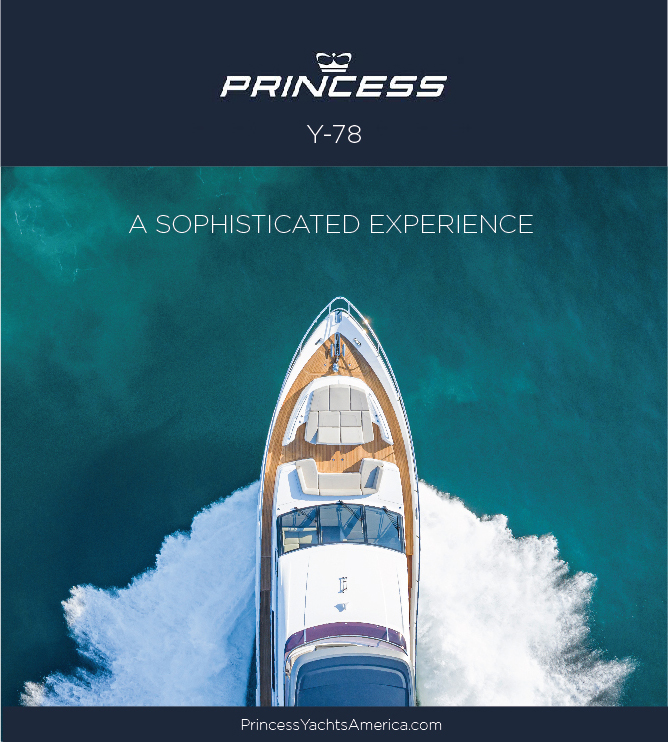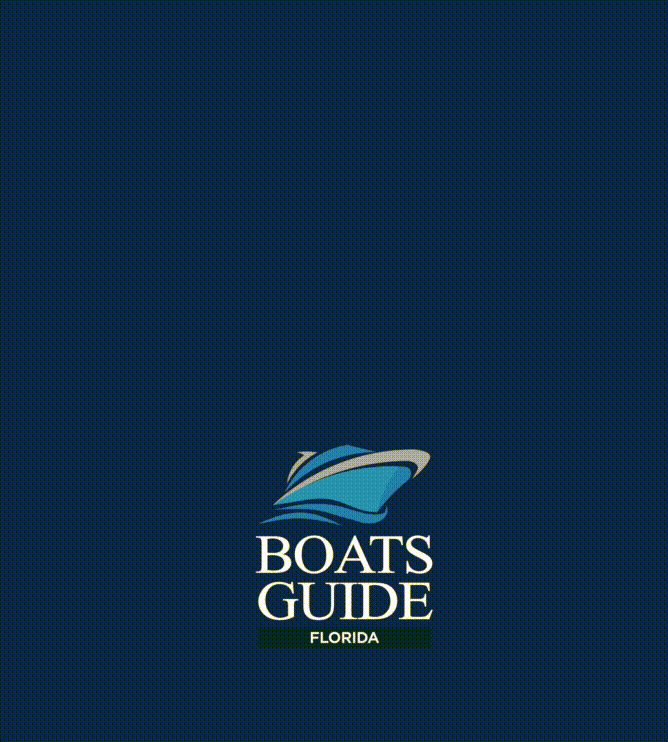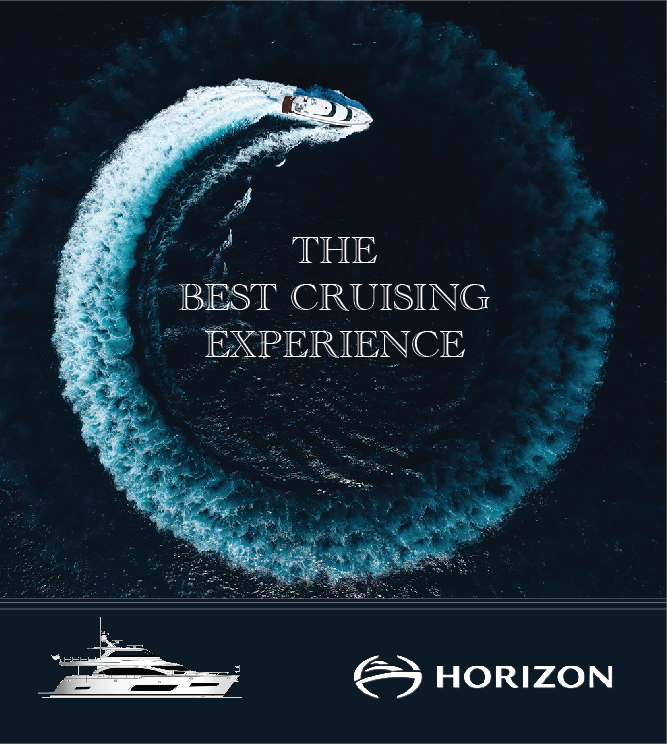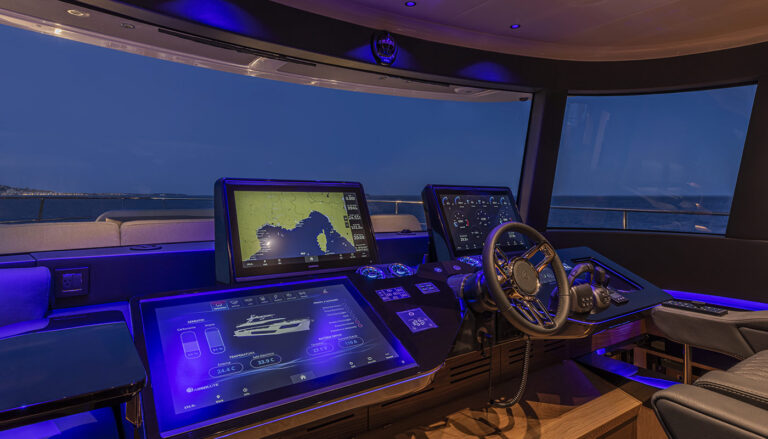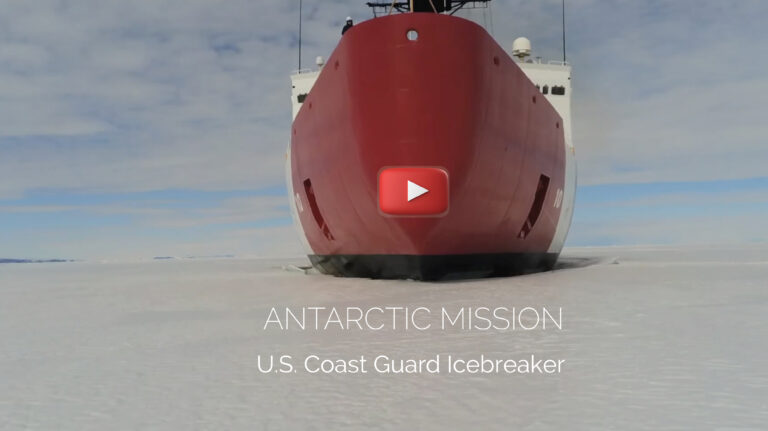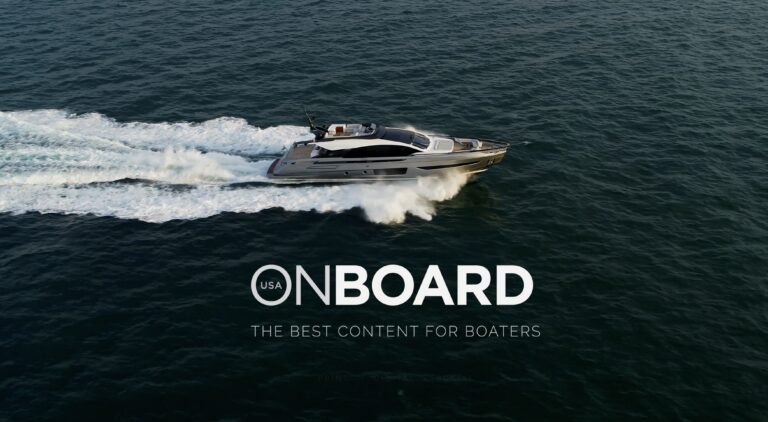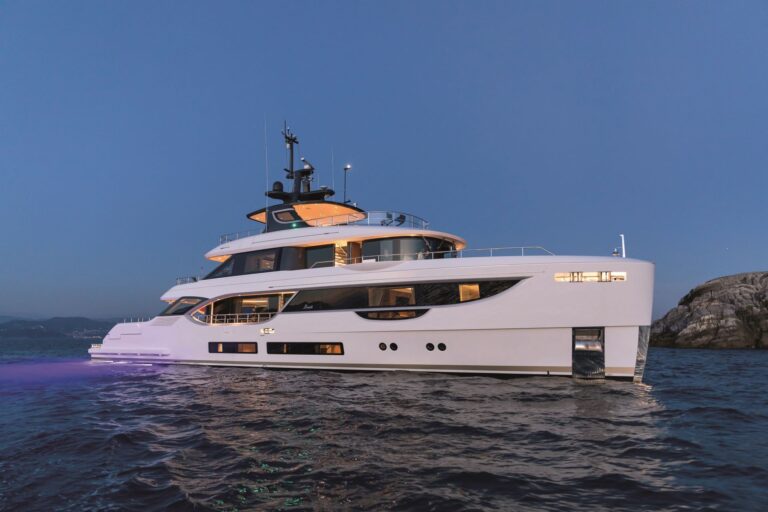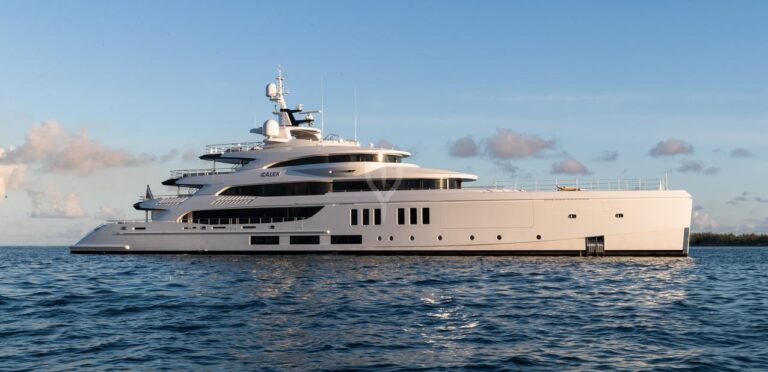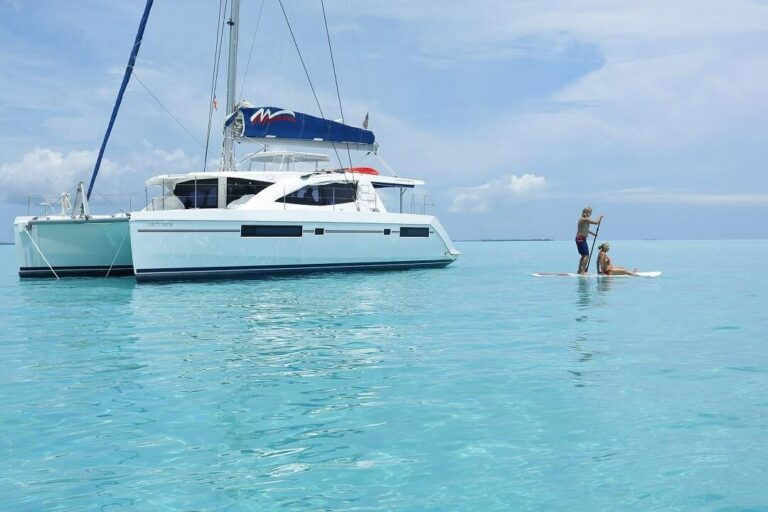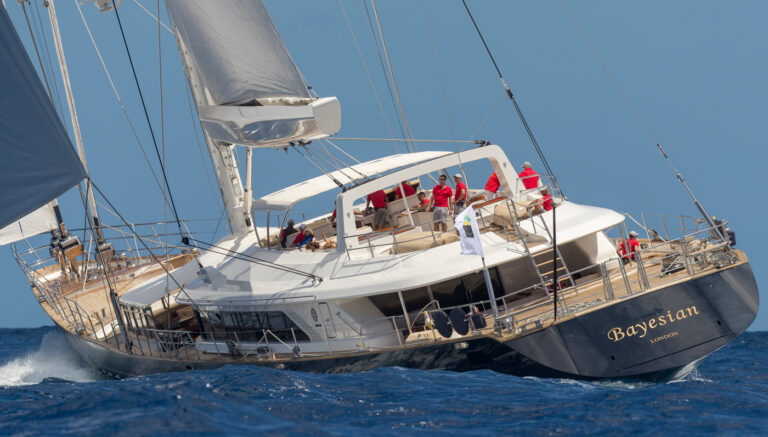The luxurious Bayesian, built by the prestigious Italian shipyard Perini Navi, had set sail from Rotterdam in the Netherlands, passing through several European countries, including Belgium, France, the United Kingdom, Portugal, and Spain, before crossing the Strait of Gibraltar to reach the Italian coast. After stopping at the port of Milazzo, on Sunday, 18 August, the Bayesian arrived in Porticello after spending a day off the coast of Cefalù, where it remained anchored 500 meters from the coast, in front of the port. That night, in the early hours of 19 August, a storm with strong winds hit the port. In just 16 minutes, the Bayesian was completely underwater. Only fifteen of the twenty-two people on board survived. Among the dead are Mike Lynch himself and his 18-year-old daughter, Hannah.
Mike Lynch’s wife, Angela Bacares, 57, who was able to be rescued, remembers that the boat suddenly “tilted” around 4 AM., “before the glass started to break.” Among the dead are the president of the investment bank Morgan Stanley, Jonathan Bloomer, and his wife Judy; Lynch’s lawyer, Chris Morvillo, and his wife Neda; and the yacht’s chef, Recaldo Thomas.
The Bayesian was a sailboat with a length of 55.9 meters and a width of 11.51 meters, built by the Italian shipyard Perini Navi. It was launched in 2008 and underwent a refit in 2016 in Mallorca, where various works were carried out to refit and modernize the vessel. However, according to Yacht Charter Fleet, the last known refit was carried out in 2020.
The Bayesian was built with an aluminum hull and superstructures and a seventy-five-meter aluminum mast, the highest in the world, which allowed it to deploy three thousand square meters of sail. Its displacement of 473 tons with a full load gives an idea of its size.
The sailboat was designed to accommodate up to twelve guests in six cabins, plus ten crew members, so the Bayesian was at the maximum number of occupants during the disaster.
Good taste was part of the essence of this boat: it had an elegant and minimalist interior made of light wood with Japanese-style details by French designer Rémi Tessier. Beyond its sail propulsion, the Bayesian had two diesel engines manufactured by MTU, each with 965 horsepower. These gave it a cruising speed of 12 knots (22 km/h) and a maximum speed of 15 knots (28 km/h). The fuel tank was 57,000 liters, and the boat had a range of 6,700 kilometers, enough to cross the Atlantic Ocean.
In 2009, the Bayesian won the Superyacht Award for the best sailboat of the year.
Specialists considered the Bayesian to be “unsinkable.” Unfortunately, this was not the case. Although the reasons for the tragedy are still under investigation, there are different speculations about the cause of the accident, about which several witnesses and authoritative voices are already beginning to give testimony. Eyewitnesses in the harbor that night reported a waterspout. Essentially, a waterspout is a tornado that forms over water, created by rotating columns of very destructive winds. According to different witnesses, waterspouts were seen before the Bayesian sank.
Fabio Cefalù, a 36-year-old local fisherman, told the Guardian newspaper that he decided to get up early in the morning to go fishing. When he arrived at the port at 3.30 AM, the first flashes of lightning lit up the sky. “At 3.55 AM, a kind of mini-tornado arrived,” Cefalù said. “I have seen many storms in my life but never seen anything like it. The piers diverted the whirlwind, which headed straight to the yacht.”
About 150 meters from the Bayesian was the ship Sir Robert Baden, a Dutch-flagged sailing ship built in 1957 and captained by experienced sailor Karsten Borner, 69. Borner was the first to try to help the Bayesian, but the boat was already sinking. “We were awakened by the storm,” Karsten told “The Guardian.” “The first thing I did was start the engines of my sailing ship, raise anchor and turn the boat to the wind to give the vessel more stability. After securing our boat, we immediately approached the Bayesian.” “I have never seen a boat of this size sink so quickly,” Borner said. “In a few minutes there was nothing left. Then we saw the raft with the fifteen surviving passengers. It was a tragedy.”
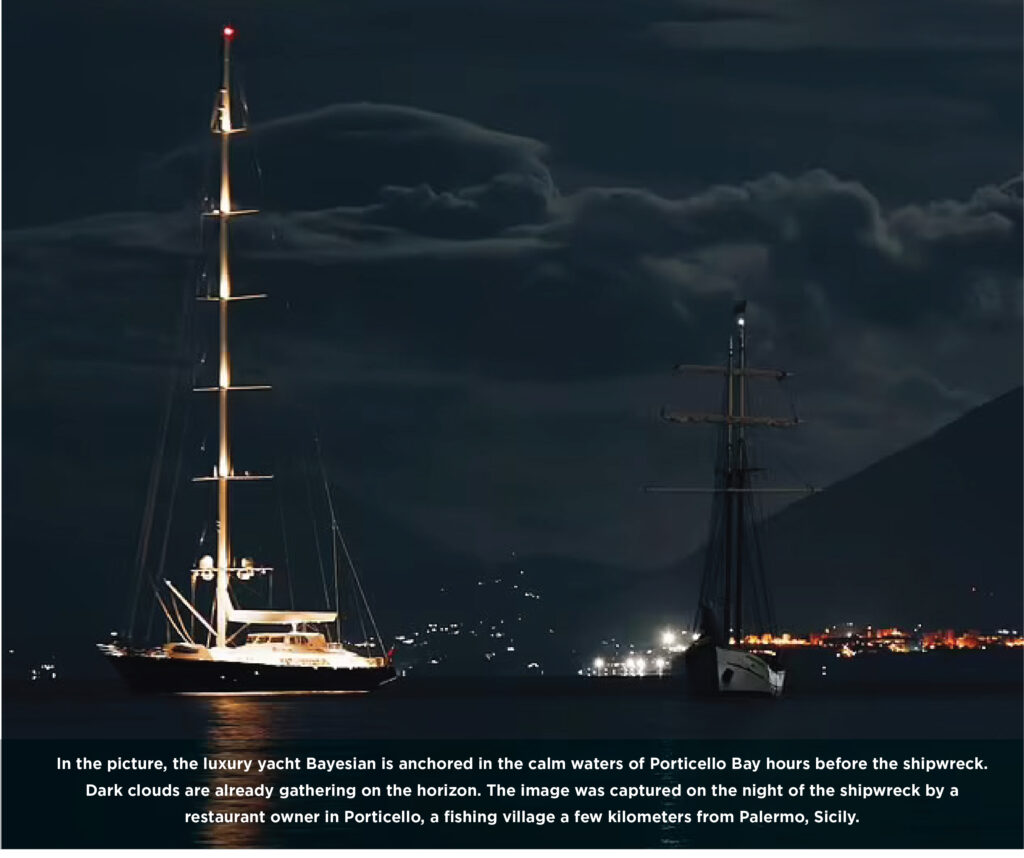
According to the Italian news agency Adnkronos, which cites sources from the authorities who spoke to some of the survivors, “the passengers sought escape routes and reached the opposite side of the ship to which they were. But the water had already reached the cabins. Apparently, the ship sank first by the bow and then slowly turned over to the right.”
Giovanni Costantino, founder, and CEO of The Italian Sea Group – the holding company that owns the Perini Navi shipyard – pointed directly at the crew with solid statements about the tragedy: he assured that the shipwreck was the result of “a very long list of errors” by the crew, describing the Bayesian as “one of the safest boats in the world” and practically “unsinkable.” “Everything that was done reveals a very long list of errors. There should not have been people in the cabins, the ship should not have been anchored,” said Costantino in an interview with the newspaper “Corriere della Sera.”
He also questioned the crew’s lack of foresight in the face of adverse weather conditions: “Why didn’t the crew know that a disturbance was coming? The passengers told something absurd, that is, that the storm came unexpectedly, out of nowhere. This is not true. Everything was foreseeable.” According to Costantino, the sinking occurred due to water entry into the boat. “There is no other explanation,” he said. “Certainly, the storm would have posed zero risk if the correct maneuvers had been carried out and situations had not occurred that compromised the stability of the boat.” “The ship was anchored. At a given moment, the anchor loses its grip and moves, dragged by the wind that pushes it.” It pushes it for 4 minutes, turns it, and places it in the position where it sank. In those four minutes – and I assume responsibility for what I say – water already entered the ship,” he explained. According to Costantino, the video from the security camera that captured the sinking of the sailboat proves this. “You can see the vertical mast first all on and then off, except for the light bulb at the top that takes power from a battery,” he said. If the ship went out, it means that it was the water that caused the short circuit.”
“Before the storm, the captain should have closed all the openings, then raised anchor, started the engine, pointed into the wind and lowered the keel. The next morning they would set sail again without damage.”
Furthermore, he questioned that “it was inappropriate to celebrate, a party. Not that night. According to the emergency procedure, the hull and deck had to be armored by closing all the doors and hatches after placing the guests at the meeting point on the boat.” He also cited the actions of the commander of the sailboat, Sir Robert, next to the Bayesian, as an example. “He managed everything without problems,” he said. Indeed, Karsten Borner, the ship’s captain who rescued some of the survivors, told Reuters that when the storm hit, he had started the engine to maintain control of the vessel.
To conclude, Constantino added: “A Perini Navi ship withstood Hurricane Katrina, a category 5 hurricane. Do you think it can’t withstand a waterspout here?” he concluded. “Between the arrival of a storm and the entry of water there is a world of difference. They should have done a series of activities to avoid being in that situation. It is good practice, when the ship is anchored, to have a guard on the bridge, and if he was there he could not have failed to see the storm coming. Instead, it took on water with the guests still in their cabins.”
Beyond the opinion of the head of Perini Navi, which is surely biased by the need to protect the reputation of the shipyard that built the Bayesian, the explanation is most likely not just one but a sum of factors. The truth is that there are still many questions to be answered:
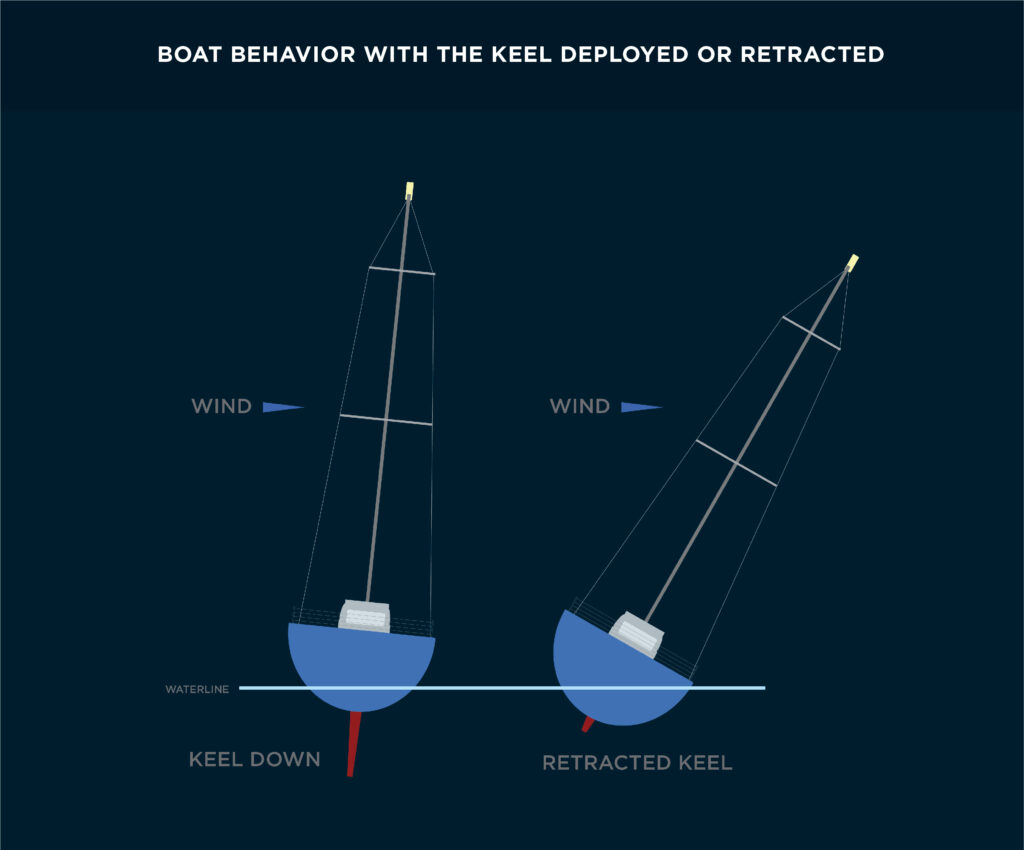
Why was the keel raised if the ship was anchored in an area with a depth of more than 50 meters?
A ship of this size has strict protocols, not only for navigation but also for when it is at anchor and, of course, a specific procedure if there are threats of bad weather. What measures did the crew take? The captain of the Bayesian, James Cutfield, is reported to have told Italian media that he could not have foreseen the storm that hit the Bayesian. But we do know that bad weather had already been predicted in advance.
Luca Mercalli, president of the Italian Meteorological Society, said that, given the bad forecast, the crew should have made sure all guests were awake and assigned them life jackets.
An expert at the scene of the accident in Sicily told the Reuters news agency that the investigation’s initial focus would be whether the yacht’s crew had not closed the access hatches before the bad weather hit.
Another unanswered question is why the ship sank so quickly. For the boat to sink, especially at that speed, water must be forced into its interior along its entire length. And for that to happen, it had to have listed 90 degrees, something that could have been avoided if the ship’s keel had been fully extended.
Were two people on watch overnight as specified by procedure when bad weather is forecast? Prosecutors believe one person was on watch in the cabin that night. If so, that crew member’s testimony will be critical.
As investigators try to unravel the events that caused the sinking, Stephen Edwards, a former captain of the Bayesian, revealed that the ship had several operational limitations due to its particular construction that could have contributed to the shipwreck during the powerful storm off the coast of Sicily. Edwards detailed the ship’s characteristics in an article published on the nautical website Scuttlebutt. He pointed in particular to some stability challenges regarding healing, a technical term referring to the way a vessel “tilts” to one side, usually because of the force of a crosswind.
“Listening more than about 45 degrees in normal operating condition could result in flooding and subsequent loss if the flooding could not be controlled,” he wrote.
The operational stability of the Bayesian was also a central issue in Edwards’ analysis. He explained that all ships in this category are delivered with a set of sail plan recommendations known as a Stability Information Book. This book includes precise details about load and operating limits and data on critical stability angles and keel use.
The Bayesian had a 9.7-meter keel that, at the time of the sinking, was retracted, not quite half-extended. It may have been retracted as it approached shallow water, but it did not redeploy despite depth permitting and a reported wind of 80 knots, 150 km/h.
Edwards added that the Bayesian had only one door in the hull and that it could only be opened in “completely calm conditions.” The investigations are focused on this. One of the manufacturer’s accusations is that the crew left the stern hatch open, pointing to carelessness after a party held on board the ship before the tragedy.
Another question that has drawn the most attention from investigators is: why the crew was able to board the lifeboat while there were still passengers trapped on the ship?.
Prosecutors now believe that a downburst was the weather phenomenon that hit the ship – a mighty, localized wind that descends from a storm and spreads unpredictably. This explanation contradicts earlier witness reports identifying the cause as a waterspout or mini tornado at sea. Either way, extreme weather played an important role.
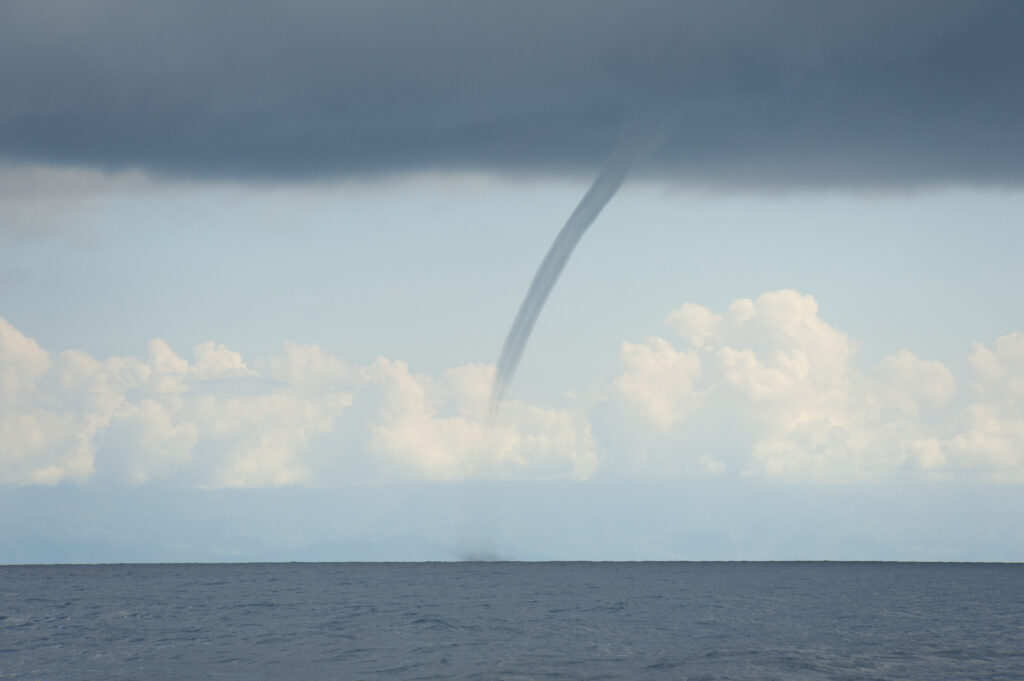
At a news conference, local prosecutors said they had launched an investigation into possible crimes of involuntary manslaughter and shipwreck due to negligence. The region’s state prosecutor, Ambrogio Cartosio, told reporters that while the investigation was preliminary and no one in particular was being investigated, there was “a high chance of culpability.”
To get closer to the truth, it will be essential to refloat the boat to carry out the corresponding tests. In the prosecutor’s words, “a serious development of the investigation is fundamentally based on the recovery of the sailboat. If we do not recover it and examine it carefully, it will be difficult to establish possible responsibilities for what happened.”
The boat is 50 meters deep off the coast of Sicily. According to Italian law, the boat must be removed, and the owner must bear the cost of refloating it. The salvage engineer who led the operation to recover the Costa Concordia said that the rescue operation cost would be around 15 million euros and take six to eight weeks.

